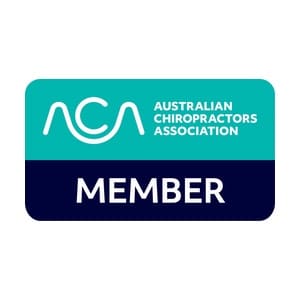TMJ Pain. Oh boy, if you know, you know, but if you’re lucky to not have suffered from it, do you know what it is? Some say TMJ pain is a pain in the jaw that can cause a clicking movements when you open and close your mouth widely, but what actually is the TMJ?
What is the TMJ?
TMJ stands for the temporomandibular joint. The TMJ acts like a sliding hinge and connects your jawbone to your skull and is an important joint, which involves the muscles needed for chewing. It’s responsible for opening and closing your mouth, allowing the jaw to move smoothly up, down and side to side to help you talk, chew and yawn. TMJ pain is commonly referred to as just TMJ when actually, a chiropractor or dentist may refer the pain in this area as a temporomandibular disorder or TMD.
Symptoms of Jaw Pain and Problems
TMJ Pain and further jaw pain can present in many ways. These may include;
- Headaches (including migraines)
- Clicking movements in the jaw
- Locked jaw
- Decreased motion
- May feel like tooth pain or an earache
These symptoms whilst common, can affect your everyday well-being as it impacts your general eating and talking habits and can impact the amount of stress in your day. Unfortunately, TMJ Pain doesn’t just stop here as a great portion of the brain is dedicated to the jaw. This usually means when this area hurts, there are other areas which may feel the impacts of pain too.
Some Causes of TMJ Pain May Include:
- Posture problems (neck, head)
- Myofascial pain
- Teeth grinding
- Occlusal Problems, such as poor bite (underbite, overbite) and is why Chiros can work with dentists too.
TMJ Pain, Jaw Pain and Chiropractic Care
What many don’t realise is the jaw is closely linked to the posture of the neck and is why many suffer pain in the jaw if they have experienced traumatic pain in the neck and shoulder area. This can be caused by a push forward on the head’s posture, which may lead to a tightening of muscles in your neck and in turn, may misalign your TMJ and surrounding tissues.
Chiropractors have been trained in treating the biomechanics of jaw pain and through spinal manipulative therapy, soft tissue massages and exercises, can help reduce TMJ pain and symptoms. Another treatment known as the intraoral myofascial release has been proven to help. This is frequently utilised by chiropractors to help release the muscles surrounding the joint, which can be accessed from the inner side of the cheeks.
How Can I Manage TMJ Pain?
There are a few short and long-term steps one can take to treat or reverse TMJ pain:
- Temporarily eating softer foods to release tension pressure on the jaw
- Apply ice packs
- Avoid extreme jaw movements including movements which unhinge the jaw.
- Learning techniques to relax and reduce stress and practicing gentle stretching of the jaw can help increase its movement.
- Chiropractic Care and Release
There are a range of treatment options that can help you overcome your jaw pain. Feel free to talk to a chiropractor to help choose the right option for you. You can call us on (02) 9588 7000 for further information or book online to create a treatment plan with one of our practitioners.






